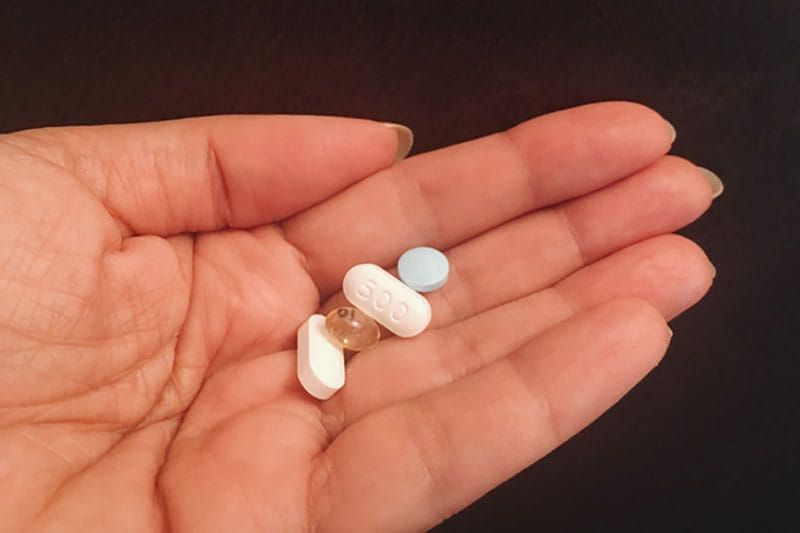Thoughts to Make You Think
Get vitalized by random acts of smartness
Strength Approach
To get results in this competitive landscape an organization needs to be stronger, faster, and more efficient. The pitfall that most organizations fall into as they embark along this journey is they get obsessed with correcting their inefficiencies and weaknesses rather than channeling their resources to their strengths. The 10-80-10 Principle is a framework that helps organization strategically navigate through complex situations with maximum results by helping them reduce the time they spend on weaknesses and increase the time spent on strengths.
Every organization has internal strengths (Top 10) and weaknesses (Bottom 10). All other actions are considered to be Majority 80; the Majority 80 tends to take the lead of either the Top 10 or Bottom 10, depending on where the attention and resources of the organization is focused. If an organization tends to lead with the Top 10, the Majority 80 follows them and they create a dynamic organization. If the Bottom 10 leads the Majority 80 follows them and they create a static organization. Through time organizations will fluctuate through cycles of being both dynamic and static. The more time an organization spends being dynamic is directly proportional to the performance of the organization – more time being dynamic, more performance, less time being dynamic, less performance.
To successfully implement The 10-80-10 Principle it starts with articulating a clear vision of what the organization is trying to do, this desired result forms the basis to successfully implement the remaining steps. Once the organization is clear on the desired results, they need to identify what within the organization is Top 10 with respect to the vision and what is Bottom 10. Top 10 refers to the activities that are currently being done that are working toward
achieving the desired result, whereas Bottom 10 is the activities that are being performed that work in opposition to the vision. Keep in mind what is defined as Top 10 and Bottom 10 is NOT absolute. Top 10 does not mean “good” and Bottom 10 mean “bad”, Top 10 simply means it is supporting the vision and Bottom 10 is working against it. Top 10 and Bottom 10 may easily flipflop when the desired result is changed.
A company going through a creative process considers rigid processes and procedures to be cumbersome, Bottom 10 weaknesses whereas a company going through a cost-cutting exercise considers the same actions to be Top 10. What defines Top 10 and Bottom 10 is how those actions fit relative to the desired result. A Top 10 behavior is one that currently exists that supports the desired result. A Bottom 10 behavior is one that currently opposes the desired
result.










